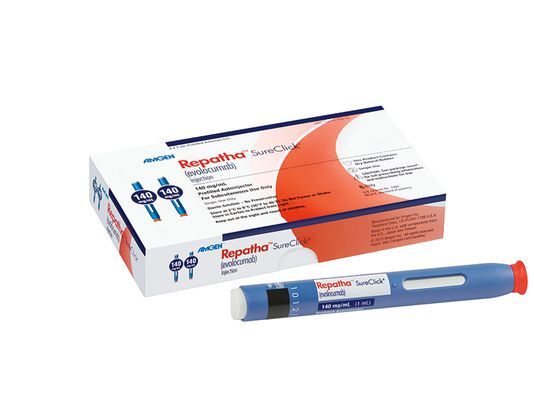Most boomers infected with liver-damaging hepatitis C virus do not know it
Few Baby Boomers have been tested for the liver-damaging hepatitis C virus, despite recommendations that all members of that generation have the blood test at least once, new research suggests.
The share of boomers who had the test barely budged in the two years after health authorities first recommended it for everyone born between 1945 and 1965, according to a report published Wednesday in American Journal of Preventive Medicine.
Just 13.8% had been tested by 2015, up from 12.3% in 2013, when testing was recommended by the U.S. Preventive Services Task Force (USPSTF), said the report, based on a nationwide survey of 24,000 people.
“That is not a big increase,” and means most infected boomers remained unaware they carried a potentially fatal but curable virus, said report co-author Stacey Fedewa, an American Cancer Society researcher.
Just 10.5 million out of 76.2 million boomers had the test by 2015, the survey found. It is possible testing has increased somewhat since then, Fedewa said.
For reasons that are not fully understood, boomers make up three quarters of the estimated 3 million or so Americans chronically infected with the virus, according to the federal Centers for Disease Control and Prevention. Left to smolder for decades, the virus can cause liver cirrhosis and liver cancer and is the leading reason for liver transplants; it eventually kills up to 5% of carriers, CDC says.
Boomers grew up and became young adults before the virus was identified in 1989. So it is likely many were infected through medical procedures and transfusions before improved infection control techniques and blood screening nearly eliminated those risks, CDC says. But shared drug needles, the major cause of transmission today, also played a role back then, CDC says. Sexual transmission, which is less common, likely played a smaller role, according to CDC.
“Some boomers engaged in high risk activities in the past that they no longer engage in,” but their risk remains, Fedewa said.
The reason the task force, CDC and other medical groups now recommend widespread testing is that treatment has improved dramatically over the past few years, said Michael Saag, a professor of medicine at the University of Alabama at Birmingham and a spokesperson for the Infectious Diseases Society of America.
“Someone who has hepatitis C and gets 12 weeks of treatment, typically one pill a day, has a 95% to 98% cure rate,” he said. Older regimens took much longer, had more side effects and had a 40% success rate, he said.
But the costs of the new drugs may be dampening enthusiasm among doctors and patients for testing and treatment. Current regimens have sticker prices of about $90,000, though those prices usually are negotiated down by drug companies and insurers, Saag said.
Many patients and busy primary care providers may remain unaware of the push for testing, Fedewa and Saag said.
Some patients are more likely to get tested than others. The new survey found higher rates among men than women, and among people with Medicaid or military insurance than among people with private insurance or Medicare-only coverage. And some health care systems have made screening routine in emergency rooms or other settings.
Source:- https://www.usatoday.com/story/news/2017/03/08/baby-boomers-hepatitis-c-tests/98857314/

